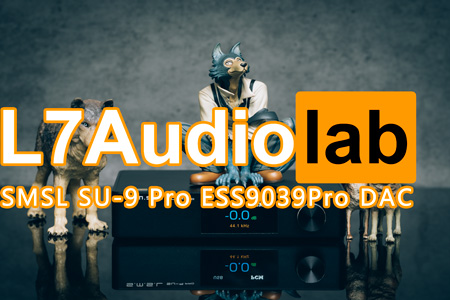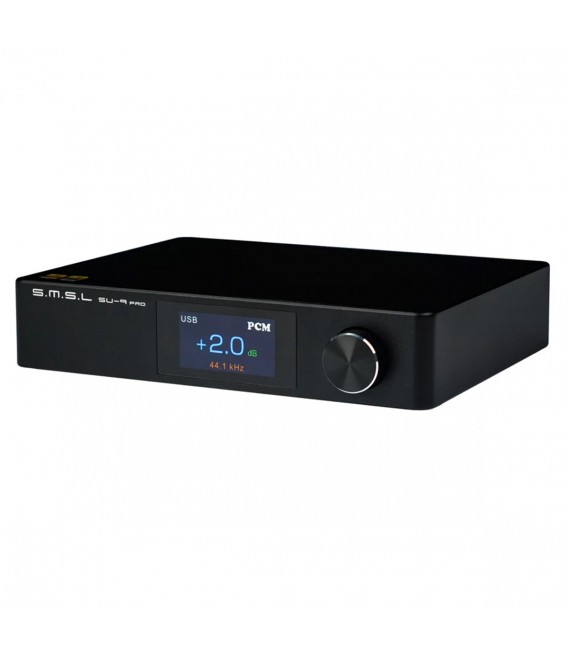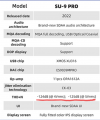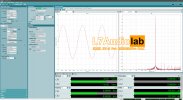I am not an expert in the realm of electrical engineering, I am an acoustics guy, So very much open to correction here.
I would assume that a digital attenuation (i.e. before the D>A conversion takes place) would allow the inherent idle noise floor of the converter to remain at a constant level regardless of volume position. Thus, as you decrease the output volume digitally, the noise floor remains constant; therefore, the ratio between noise and the signal shrinks, and you lose "performance"
In analog volume control (referring to attenuation post D>A conversion, (obviously many use a "digital" encoder to control a resistor matrix), would not only attenuate the signal but would also (in a "technically ideal" sense) attenuate the noise floor of the device.
Overall your understanding is good but you need to run the numbers to see the practical implications. You also need to consider that in the analog case you will still have some noise floor from the DAC/volume control even if it is very low and this will be multiplied by the amplifier. The amplifier itself will also contribute some noise.
Let's say we had a theoretical digital domain volume-controlled DAC with a -120db noise floor at full output. Let's say you turn it down to -40db. Now your noise floor would sit around -80db below the 40db attenuated signal. So you've theoretically lost 40db of SNR due to the fact the main signal has been attenuated but the noise floor has remained constant.
If we had an otherwise identical analog volume DAC that also managed -120db SNR at full output, lowering the output by 40db would not only (theoretically) lower the main signal to -40db but it would also lower the noise floor down to -160db (compared to full output). So in a theoretically perfect world, your SNR would be retained.
This example is a bit different than the one originally proposed as you are now talking about a noiseless analog volume control on a 120 dB SNR DAC whereas your original claim is that your XDA-2 would beat a high SINAD DAC at attenuated volume levels.
It is still a good one to talk through as it will show all the calculations that go in to system SNR and show how good digital volume control is. Let's use the same Purifi amp (107 dB SNR at 4.47 V output, 20 dB gain) in this system as it will help exaggerate the differences. Let's look at three cases, 1) digital volume control, 2) analog volume control with 0.5 uV residual noise (equivalent to 132 dB SNR at 2 V) and 3) 4.5 uV residual noise (equivalent to 113 dB SNR at 2 V or roughly your XDA-2).
Digital Volume Control
DAC residual noise = 2 x 10^(-120/20) = 2 uV
amplified DAC residual noise = 2 x 10^(20/20) = 20 uV
amplifier residual noise = 4.47 x 10^(-107/20) = 20 uV
total residual noise = sqrt(20^2 + 20^2) = 28.3 uV
amplifier output at -40 dB = 2 x 10^(-40/20) x 10^(20/20) = 200000 uV
system SNR at -40 dB = 20 x log (200000 / 28.3) = 77.0 dB
0.5 uV Analog Volume Control
attenuated DAC noise at -40 dB = 2 x 10^(-40/20) = 0.02 uV
combined DAC/volume control noise at -40 dB = sqrt(0.02^2 + 0.5^2) = 0.50 uV
amplified DAC/volume control noise = 0.50 x 10^(20/20) = 5.00 uV
total residual noise at -40 dB= sqrt(5^2 + 20^2) = 20.6 uV
system SNR at -40 dB = 20 x log (200000 / 20.6) = 79.7 dB
4.5 uV Analog Volume Control
combined DAC and volume control noise at -40 dB = sqrt(0.02^2 + 4.5^2) = 4.5 uV
amplified DAC/volume control noise = 4.5 x 10^(20/20) = 45 uV
total residual noise at -40 dB = sqrt(20^2 + 45^2) = 49.2 uV
system SNR at -40 dB = 20 x log(200000 / 49.2) = 72.2 dB
In the digital case system noise floor is constant and does not change with volume level. Residual noise from the amplifier itself and amplified residual noise from the DAC have equal contributions to total residual noise. You can see that this example exactly matches the -40 dB SNR in my previous plot for digital volume control.
In the 0.5 uV analog volume control case attenuating -40 dB greatly reduces the noise contribution from the DAC as expected. Amplifier performance dominates total residual noise and as the digital volume control case was so low noise to start with the difference to the digital volume control is only 3 dB.
In the 4.5 uV analog volume control case the additional noise from the volume control now dominates over the amplifier noise. As a result the performance is worse than the digital volume control. You can see that this example exactly matches the -40 dB SNR in my previous plot for analog volume control.
The issue I don't quite understand with the graph is how the "analog" volume control is tracked at a parallel slope to digital. You'd think that any introduced noise of including an analog attenuation circuit vs Digital would be at a fixed/constant level.. Assuming the noise introduced by the resistor ladder is above that of the actual DAC, you'd theoretically expect a perfectly straight line for analog, showing that the analog attenuation noise is the "bottleneck" per se.
This is not true, in all cases you have some constant analog noise floor and as you reduce level you reduce the output side of the SNR calculation so the SNR will go down, even in the analog case.
I would have thought the graph would look something like this. the digital DAC outperforms the analog DAC (at close to max output, since the analog resistor stage might introduce low-level noise over a direct digital DAC) and then once the SNR of the digital volume DAC degrades, the analog volume DAC quickly outtakes it, being limited by the bottleneck of its analog resistor stage.
You get something closer to what you describe with lower performance DACs. Here is a plot for a 100 dB SNR at 2 V DAC with that 4.5 uV analog volume control compared against digital volume control. Clearly analog wins at all volumes other than at very low attenuations.
Or to view it another way here is residual noise for the same case.
In conclusion I think these examples show that analog volume control is more important if you are starting with a low SNR DAC as it greatly increases performance at attenuated levels BUT if you are starting with a very high SNR DAC then it really does not matter as the noise level from the DAC is so low to begin with.
Michael







